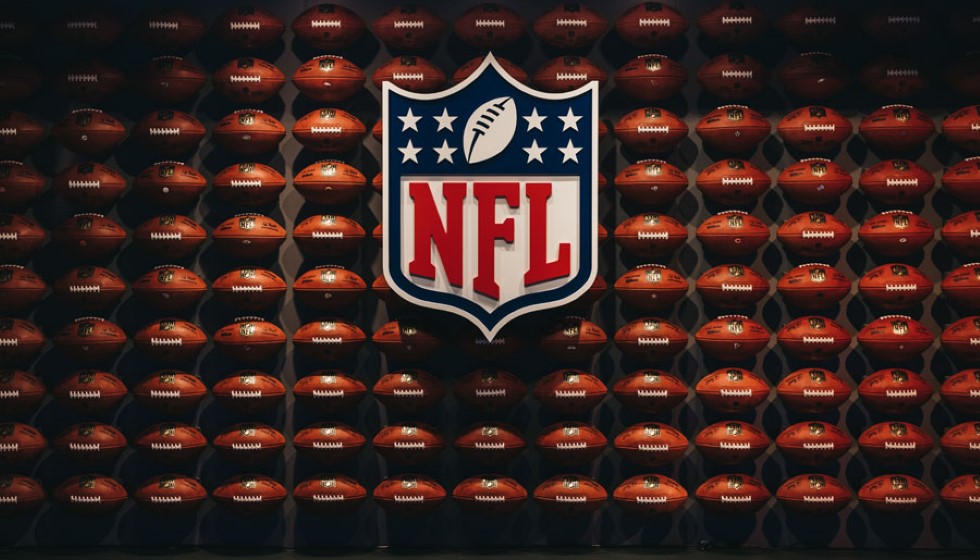
In a shocking and unforeseen move, the New York Giants have decided to part ways with their star running back, Saquon Barkley. This bold decision signals a significant shift in their strategy for the backfield, highlighting the organization’s willingness to reinvent its offensive plans.
For years, Barkley has been a cornerstone of the Giants’ offense, often regarded as one of the premier running backs in the NFL. However, the team’s management recognized the need to reallocate their resources and enhance their roster in different areas. Faced with the necessity to rebuild the running back position by 2024, the Giants decided to transition away from Barkley, redirecting the substantial financial commitment he demanded.
Adopting a New Approach
With Barkley’s departure, the Giants freed up a significant amount of salary cap space, which allowed them to explore a running back-by-committee approach to fill the void. This strategy reflects an evolving view within the league that effective rushing attacks can be orchestrated without the presence of a singular star running back.
The Giants’ first move was to sign Devin Singletary to a three-year, $16.5 million deal. Singletary, formerly with the Buffalo Bills, brings a steady and reliable presence to the Giants' backfield. He will be joined by youngsters Eric Gray and Tyrone Tracy Jr., who have both been selected in the fifth round of the NFL Draft in consecutive years. The trio offers a blend of experience and potential, creating a dynamic and versatile rushing attack.
Support for the Offensive Line
Understanding that a strong offensive line is crucial to a successful ground game, the Giants made additional acquisitions to strengthen their blocking unit. They signed Jon Runyan and Jermaine Eluemunor, both of whom are expected to play pivotal roles in providing the necessary protection and creating running lanes for the new committee of backs.
Swift’s Rise and Move to Chicago
The departure of Barkley coincided with D'Andre Swift's own career developments. Swift, who enjoyed a breakout season with the Philadelphia Eagles, delivered impressive numbers, accumulating 1,049 rushing yards at a rate of 4.6 yards per carry, earning him his first Pro Bowl appearance. Swift emerged as the featured back in Philadelphia following the struggles and eventual sidelining of Rashaad Penny and Kenneth Gainwell.
Despite his success on the ground, Swift’s involvement in the passing game saw a notable decline, with career-lows in receptions and receiving yards. This dual-threat capability was less utilized, which perhaps influenced his subsequent career decisions.
Ultimately, Swift signed a lucrative three-year, $24 million deal with the Chicago Bears where he is expected to form a dynamic duo with Khalil Herbert in the Bears' backfield. This move bolsters Chicago's offensive options and gives Swift a fresh opportunity to showcase his multifaceted skills.
Barkley’s New Chapter with the Eagles
As the Giants bid farewell to Barkley, the Philadelphia Eagles seized the opportunity and signed the dynamic running back to a three-year, $37.5 million contract. This acquisition marks a significant upgrade for the Eagles’ backfield, injecting it with Barkley’s well-known explosiveness and versatility.
Sources close to the Giants noted, "From a physical talent standpoint," the Giants saw Swift as an asset who could "make up for some of the things they lost with Saquon." While the Giants turned to a committee approach with Singletary, Gray, and Tracy Jr., Barkley’s presence will now be felt on a rival team within the division.
A New Era Begins
The Giants' decisions depict a franchise willing to take risks and pivot strategies to achieve long-term success. With Barkley now an Eagle and new talents stepping into critical roles, both teams have positioned themselves interestingly for the upcoming NFL season. Only time will tell how these strategic shifts will play out on the field.